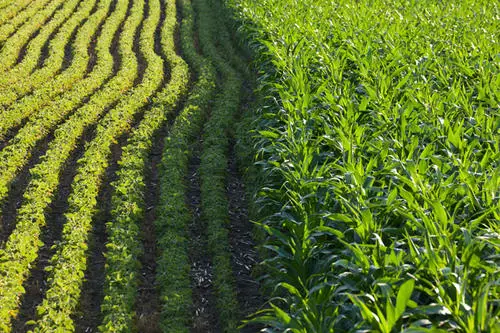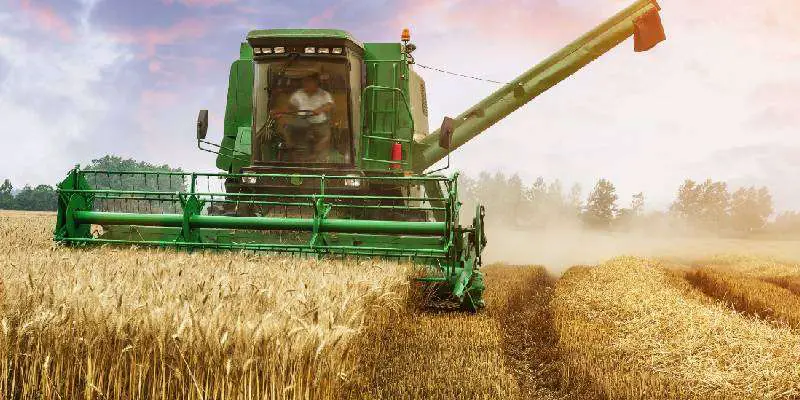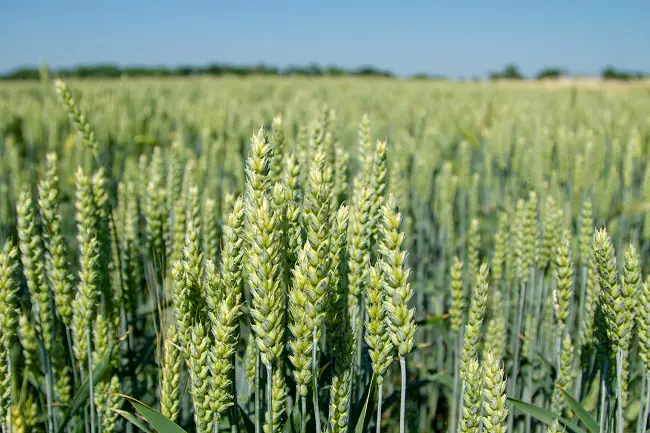Well practiced crop rotation is a major pillar for organic farming systems. Crop rotation contribute as much to weed control, pest and diseases control and improving soil fertility. In organic farming systems, crop rotations they vary with farms, formulated in such a way that they suit recommendations at each farm level. Some of the principles of crop rotations include N fixing crops such as legumes following N demanding crops, shallow rooted crops following deep rooted crops and weed susceptible crops following weed suppressing crops.
Contents
Crop Rotation and Soil Fertility
Nitrogen concentration level in surface and groundwater are alarmingly high and it is mostly attributed to the use of synthetic fertilizer on conventional farms. On organic farming systems, use of crop rotations is key in improving soil fertility, quality of the soil and prevent environmental degradation. The use of organic ways to fertility such as well-planned crop rotations help alleviate issues to do with environmental degradation and poor soil quality. Composting using forages and various cover crops is a another key way of improving soil fertility under organic farming apart from use of crop rotations.
Nitrogen
The best nutrient management practice used under organic farming is the use of legumes crop rotations to supply biologically fixed, atmospheric nitrogen as a replacement or supplement for inorganic nitrogen fertilizer. The amount of nitrogen in legume cover crops varies depending on species used. This nitrogen is broken down over an extended period of time, so that any surpluses of it do not readily run off into streams and underground water supplies. In the event that there is excess nitrogen left in the soil from cash crops, trap crops such as small grain crops can be planted to utilize the leftover nitrogen under crop rotation systems under organic farming. Small grains are a good crop under rotation to use for capture of extra nutrients in the soil because extensive, fibrous root systems that can effectively mine the soil for the excess nutrients such as N.
Phosphorus and Potassium
It has been noted that including deep rooted cover crops in crop rotations helps to better distribute phosphorous and potassium from deep within the soil profile to the soil surface. This helps crops under organic farming to have better access to the made available nutrients. Many farmers which are practicing organic farming have confirmed there is positive results from crop rotations on phosphorus availability in the soil. Farmers have also stated that there is improved root functioning and enabling well uptake of phosphorus by just practicing crop rotation.
Crop Rotations and Pest Management
With the abundance of pests and diseases, it is imperative to have control methods for organic farming systems to try and maintain a healthy crop, one way of doing this is through the use of crop rotations. Organic farmers who implement good crop rotation systems know how one crop can benefit from the crop that precedes it and how to solve shared pest problems. Under organic farming, farmers must have knowledge of the pests being dealt with in order to make use of the correct crop rotation system. Many kinds of strategies must be put in place to complement crop rotations under organic farming.
Controlling Soil borne Diseases
Soil borne pathogens build up when same family crops are grown in the soil, year after year. Crops in the same family should not follow each other in a functional crop rotation system especially under organic farming. Crops from the same family should be separated by a minimum of two years to maximize on control of the diseases.
Length of Crop Rotation.
The length of time soil borne pathogens remain viable in the field is crucial to any decision about the length of the rotation before replanting the same vegetable crop. Although there are some exceptions, a four-year rotation that includes a succession of crops not susceptible to the same pathogens will generally minimize problems from soil borne diseases. Nevertheless, in order for effectiveness of this strategy, it is vital to exclude volunteer plants and weeds that susceptible to pathogens from the field. Crop rotations for at least four years are desirable for control of these diseases. Streptomyces soil rot and Sweet potato pox definitely require such extended crop rotations.
Nematode Management
When planning crop rotation system, farmers should consider the susceptibility to parasitic nematodes which are common plant pests. This is a complex issue because many different pest nematode species occur, and their ability to infect organic crops varies with the nematode species and the crop.
Note that, crop sensitive to a particular nematode should be excluded from those which are not sensitive, for example root knot nematode with crops that are not sensitive. After some years of practice nematode populations will reduce to way below alarming rates on infection to susceptible crops. When nematode populations become lower than these thresholds, sensitive crops can be replanted under crop rotation.
Weed Management
Crop rotations should be designed that make it difficult for weeds to grow and reproduce.Timed tillage is considered to be an exccellent way to create unstable setting for growth of weeds. Certain crops can suppress weeds by out-competing them for water and nutrients, or by shading them so they cannot receive adequate sunlight. A typical example is planting continuous spring lettuce, follow up the crop with a fast growing, vigorous summer cover crop, such as cowpea and pearl millet, and then plant fall broccoli.
Allelopathic Properties
Most crops have allelopathic effects on weed growth. These crops release chemicals either while they are growing or decomposing that prevent the germination and growth of other plants. Broad-leafed weeds such as Amaranthus hybridus can have their germination inhibited in the spring following plow down of a winter cereal-rye cover crop, but sweet corn sown into that stubble may not be influenced in the least. Organic farmers have effectively used cover crops of wheat, barley, oats, rye, sorghum, and Sudanese grass to suppress weeds through allelopathic effect, competition, and shading. Cover crops will primarily block out the light from weeds thereby continuing to suppress weeds.
Insect Management
Managing insect pests under organic farming is not easy to do without the use of chemical pesticides. With organic farming, heavy reliance is on good agronomic practices such as crop rotations for pest control. In general, farmers under organic farming must have adequate knowledge about pests in order to be best equipped in the case of an insect attack. An organic farmer must also know a pests feeding habits and preferences, as well as plant crops that are unappetizing to pests prevalent in the region. Obviously, crop rotations will not fully control all insect pests. Crop rotations have a very limited impact on mobile insects which can easily move interchangeably between fields. Sequencing crops that doesn’t hosts a variety, with different growth patterns and which are not similar in other respects is good intervention in tackling these pests.




